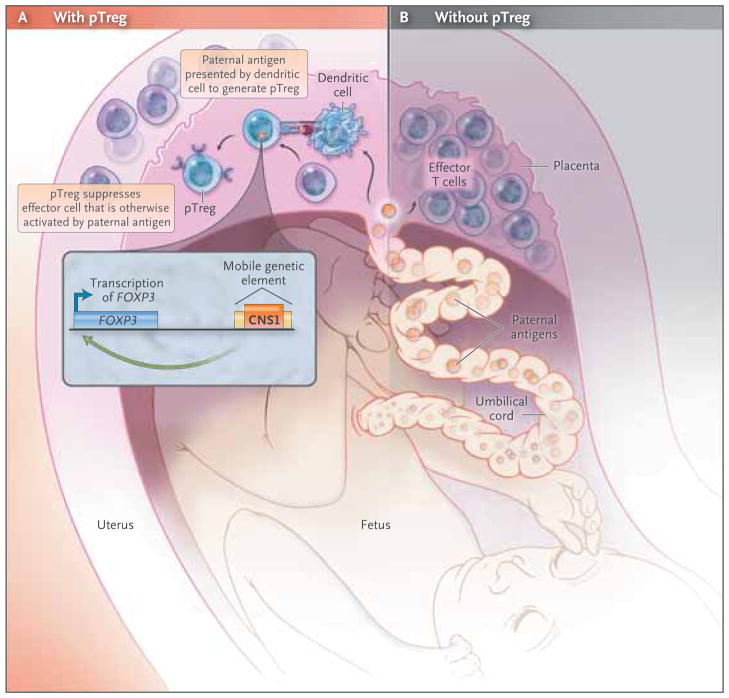Figure 1. Regulatory T Cells and Spontaneous Abortion.
Fetal antigens, including paternal alloantigens, interface with the maternal immune system within the uteroplacental unit and proximal lymph nodes. A recent study by Samstein et al.1 suggests that insertion of a mobile genetic element containing the conserved noncoding sequence 1 (CNS1) near the FOXP3 gene at the time of the evolutionary radiation of placental mammals enabled the emergence of extrathymic or peripheral regulatory T cells (pTregs) (Panel A). These investigators found that paternal alloantigens trigger the expansion of pTregs that suppress effector T cells and mitigate maternal–fetal conflict induced by the maternal immune system. This suggests that when pTregs are absent, effector T cells respond to the paternal alloantigens, infiltrate the placenta, and cause inflammatory changes that ultimately result in spontaneous abortion (Panel B).

